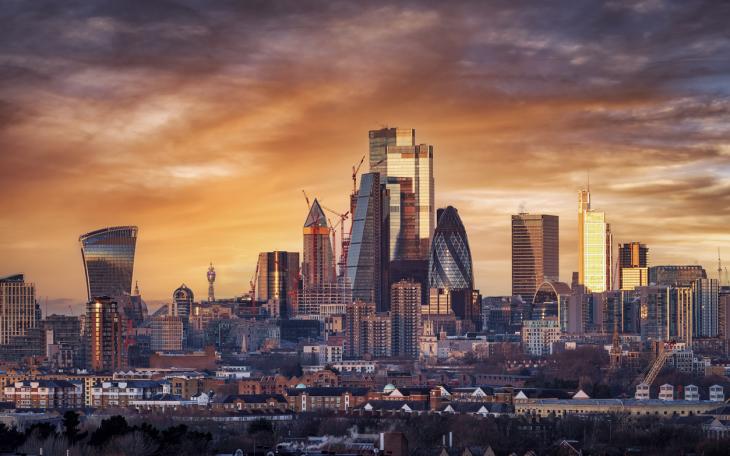Lights out (for central London newbuilds)?

By Ben Monteith
If you were to believe certain neighbours from the Irish village in which I grew up, you’d have the impression that all circa 1,500 square kilometres of Greater London is a concrete megalopolis.
There’s a perception that London is a jungle of skyscrapers and cranes, perpetually developing The Next Big Office Building to be given a quirky nickname. But, following a recent spate of rulings and new guidelines, might developers in central London press the pause button and take their cranes (however one takes a crane anywhere) someplace else?
Most recently, the City of London announced that it was consulting on new guidelines to urge owners of buildings of a certain height to turn off or dim all unnecessary external and internal lighting, in order to reduce visual pollution and energy usage. This forms part of the City of London Corporation’s – so far successful – attempts to diversify into an all-week destination and not just an employment zone (following in the footsteps of Canary Wharf’s repositioning).
It comes not long after the supreme court ruling in favour of the owners of luxury flats opposite the Tate Modern’s viewing gallery, which noted the flat owners faced an unacceptable level of intrusion that prevents them enjoying their homes. The decision is believed by some to have the potential to open the floodgates for resident complaints on neighbouring developments.
Meanwhile, in their quest to redevelop a tower formerly occupied by ITV into modern office space, Mitsubishi Estate and CO-RE are in the middle of some hokey pokey – with planning permission in-out, in-out and being shaken all about – with a succession of Lambeth Council, Sadiq Khan and Michael Gove. A quest that was lampooned and harpooned in The Guardian at the end of last year, predicting the finished product will be the latest “unsightly tower that benefit[s] profit-grubbing developers over communities.” A public inquiry has now closed, with a decision expected in the summer.
So, what are the lessons for developers? That central London’s status as the central business district is coming to an end with curfews on working hours? That there’s no more room in the central London inn and it’s time to venture further afield, while existing spaces are taken to court over privacy concerns and noise nuisances – as central London becomes the domain of those there while those not are locked out?
No. They are, however, reminders that even offices have neighbours. The UK’s commercial property industry has made major strides in the past few years and decades in recognising, mitigating and, where possible, improving its impact on the communities that surround its developments.
Offices, whether in the City or the South Bank, need to serve the communities within their vicinity and, where possible, enhance the neighbourhoods around them.
While the centre of the City will never be as green as an Irish village, it’s changing for the better. Active developers in the area are far more often than not leading the charge – and, as a result, there should be no reason that good neighbours won’t eventually become good friends.









